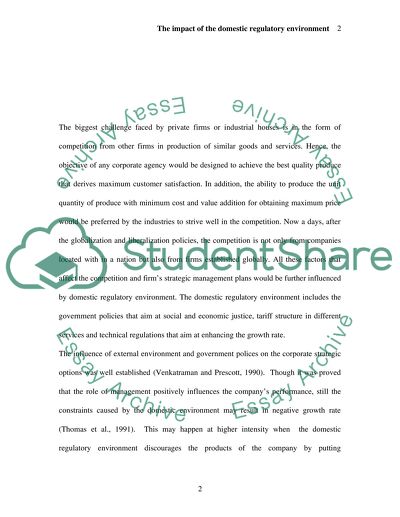Cite this document
(“The Impact of the Domestic Regulatory Environment on Competition and Case Study”, n.d.)
Retrieved from https://studentshare.org/information-technology/1423796-the-impact-of-the-domestic-regulatory-environment
Retrieved from https://studentshare.org/information-technology/1423796-the-impact-of-the-domestic-regulatory-environment
(The Impact of the Domestic Regulatory Environment on Competition and Case Study)
https://studentshare.org/information-technology/1423796-the-impact-of-the-domestic-regulatory-environment.
https://studentshare.org/information-technology/1423796-the-impact-of-the-domestic-regulatory-environment.
“The Impact of the Domestic Regulatory Environment on Competition and Case Study”, n.d. https://studentshare.org/information-technology/1423796-the-impact-of-the-domestic-regulatory-environment.


